Home>diy>Architecture & Design>What Is The Architectural Style Of The Lucian Blaga National Theater?
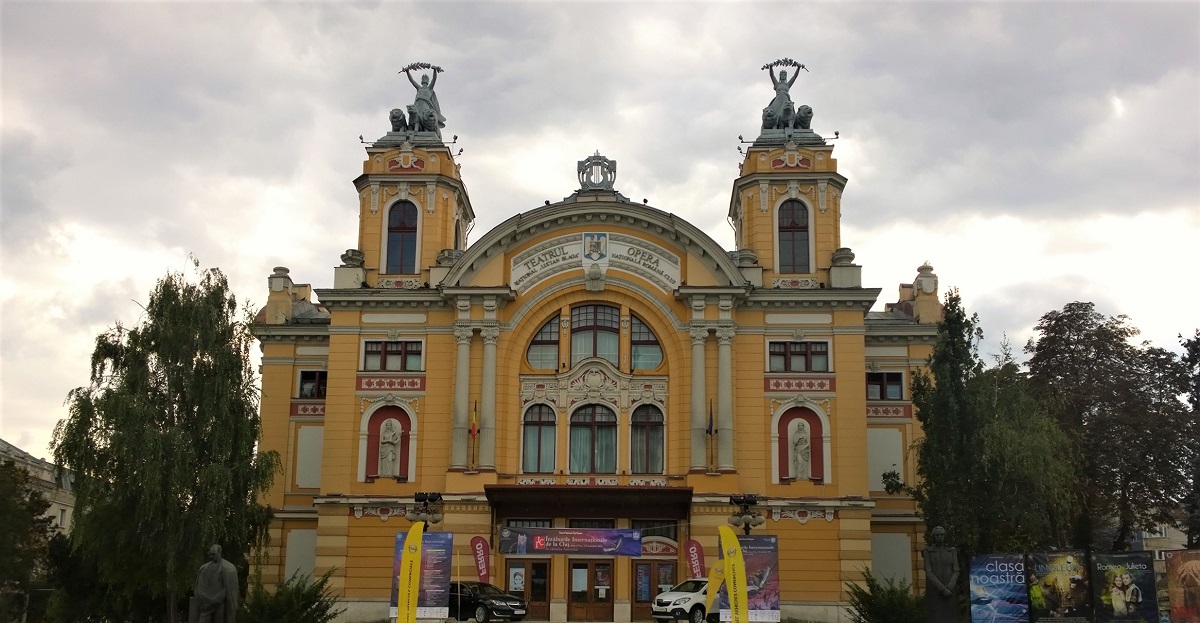

Architecture & Design
What Is The Architectural Style Of The Lucian Blaga National Theater?
Modified: December 7, 2023
Discover the architectural style of the Lucian Blaga National Theater and explore its captivating blend of modern and classical design elements.
(Many of the links in this article redirect to a specific reviewed product. Your purchase of these products through affiliate links helps to generate commission for Storables.com, at no extra cost. Learn more)
Introduction
The Lucian Blaga National Theater, located in Cluj-Napoca, Romania, is a stunning architectural masterpiece that captivates both locals and tourists alike. With its grandeur and intricate design, it stands as a symbol of cultural heritage and artistic expression. In this article, we will delve into the architectural style of the Lucian Blaga National Theater, exploring its history, influences, and unique features.
As with any architectural marvel, understanding the history and context behind its creation is crucial. The Lucian Blaga National Theater was established in 1919, initially housed in a modest building. However, as the theater gained popularity and acclaim, plans were set in motion to construct a new, more impressive venue that would reflect the artistic significance of the performances within.
With this goal in mind, renowned architect Helmer & Fellner designed the Lucian Blaga National Theater in the late 19th century. Their vision was to create a theater that would emulate the grandeur of European architectural styles while infusing it with unique elements inspired by Romanian culture. The theater’s construction commenced in 1904 and was officially completed and inaugurated in 1906.
Stepping into the Lucian Blaga National Theater is like stepping into a time capsule of architectural styles. It is a harmonious blend of neoclassical, art nouveau, and neo-baroque elements, each contributing to the theater’s overall aesthetic and character.
Throughout the years, the Lucian Blaga National Theater has undergone renovations and improvements to preserve its historical significance while adapting to modern standards. It continues to be a prominent cultural institution, hosting a wide array of theatrical performances, concerts, and other artistic events.
In the following sections, we will explore the different architectural styles and features present in the Lucian Blaga National Theater, shedding light on the various influences that have shaped its remarkable design.
Key Takeaways:
- The Lucian Blaga National Theater in Cluj-Napoca, Romania, showcases a captivating blend of neoclassical, art nouveau, and neo-baroque architectural styles, creating a visually stunning and historically significant masterpiece.
- The theater’s grand entrance, ornate facade, and meticulous attention to detail reflect the rich cultural heritage and enduring impact of theater arts in Romania, offering visitors an immersive and enchanting experience.
Read more: What Is An Architectural Style?
History of the Lucian Blaga National Theater
The history of the Lucian Blaga National Theater dates back to the early 20th century when it was first established in Cluj-Napoca, Romania. The theater, initially named the Hungarian National Theater, was an important cultural institution that aimed to promote and preserve theater arts in the region.
However, with the changing political and cultural landscape in Romania, a decision was made to establish a Romanian-language national theater in Cluj-Napoca. This led to the renaming of the theater to its current name, the Lucian Blaga National Theater, in honor of the renowned Romanian playwright and philosopher.
The construction of the new theater building began in 1904 under the guidance of architects Helmer & Fellner. The architects designed the building in a way that would reflect the theatrical grandeur of the era while incorporating elements of the local culture. The theater’s construction was completed in 1906, and it was officially inaugurated as the Lucian Blaga National Theater.
Over the years, the Lucian Blaga National Theater has witnessed numerous milestones and significant moments in Romanian theater history. It has been a hub for both classical and contemporary theatrical performances, renowned for its commitment to artistic excellence and innovation.
During the Communist era, the theater underwent a period of adjustments and challenges as the government sought to control artistic expression. However, despite these difficulties, the theater remained a beacon of creativity and resilience, continuing to stage thought-provoking performances that pushed artistic boundaries.
Following the fall of Communism in Romania in 1989, the Lucian Blaga National Theater entered a new era of artistic freedom and expansion. It embraced a wider range of theatrical styles and welcomed collaborations with international theater companies, enriching its repertoire and earning recognition on a global scale.
Today, the Lucian Blaga National Theater continues to thrive as a vibrant cultural institution in Cluj-Napoca. It serves as a platform for both established and emerging talent, showcasing a diverse range of performances that reflect the rich cultural heritage of Romania.
With its illustrious history and unwavering dedication to artistic excellence, the Lucian Blaga National Theater remains a cornerstone of the Romanian theater scene, enchanting audiences with its captivating performances and preserving the legacy of Lucian Blaga, one of Romania’s most influential literary figures.
Brief Overview of Architectural Styles
The Lucian Blaga National Theater is a testament to the architectural diversity and creativity that emerged during the late 19th and early 20th centuries. The building seamlessly incorporates elements of neoclassical, art nouveau, and neo-baroque styles, resulting in an architectural masterpiece that is both visually stunning and historically significant.
Neoclassical architecture, which originated in the late 18th century, drew inspiration from the classical architecture of ancient Greece and Rome. It emphasized symmetrical designs, grand proportions, and the use of classical elements such as columns, pediments, and friezes. Neoclassical buildings often exude a sense of elegance and timelessness.
The art nouveau style, popular in the late 19th and early 20th centuries, embraced organic forms, intricate ornamentation, and a departure from traditional architectural conventions. It celebrated the beauty of nature and incorporated elements such as flowing lines, floral motifs, and asymmetrical designs. Art nouveau buildings are often characterized by their distinctive and captivating façades.
Neo-baroque architecture arose in the 19th century as a revival of the grandeur and opulence of the Baroque style from the 17th century. It featured elaborate decorations, dramatic forms, and a sense of theatricality. Neo-baroque buildings often showcased ornate facades, extravagant details, and an overall sense of grandiosity.
The Lucian Blaga National Theater beautifully combines these architectural styles to create a unique and captivating aesthetic. Its neoclassical elements are evident in the symmetrical design, the use of columns and pilasters, and the harmonious proportions of the building. The theater’s façade showcases intricate carvings and reliefs, reminiscent of the neoclassical era.
The art nouveau influence can be seen in the theater’s decorative flourishes, particularly in the ornamental details on the windows and entrance areas. The flowing lines and floral motifs add a touch of whimsy and elegance to the overall design, creating a sense of artistic fluidity.
Lastly, the neo-baroque elements are apparent in the theater’s grand entrance and the ornate decorations present throughout the building. The sculpted details, elaborate cartouches, and dramatic forms contribute to the theater’s majestic and grandiose ambiance.
By incorporating these diverse architectural styles, the Lucian Blaga National Theater stands as a symbol of the historical evolution of architectural trends. It showcases the collaborative efforts of talented architects and craftsmen who sought to create a remarkable structure that marries artistry, functionality, and cultural significance.
The fusion of neoclassical, art nouveau, and neo-baroque elements in the Lucian Blaga National Theater’s design exemplifies the rich architectural heritage of Cluj-Napoca and Romania as a whole. It serves as a visual reminder of the artistic and cultural legacy that continues to inspire and captivate audiences up to this day.
Architectural Features of the Lucian Blaga National Theater
The Lucian Blaga National Theater is a breathtaking architectural marvel, adorned with intricate details and magnificent features. From its grand entrance to its ornate façade, every aspect of the theater’s design showcases the skill and craftsmanship of the architects and artisans involved. Let’s explore some of the key architectural features that make the Lucian Blaga National Theater truly exceptional.
1. Grand Entrance: The theater’s entrance is a captivating sight, characterized by a monumental staircase leading up to the main doors. Flanked by elegant columns and adorned with decorative elements, the entrance sets the stage for the theatrical experience that awaits within.
2. Ornate Facade: The exterior of the Lucian Blaga National Theater is adorned with a multitude of architectural embellishments. Intricate carvings, reliefs, and decorative motifs are meticulously crafted into the surface, adding depth and visual interest. The ornate façade reflects the theater’s commitment to artistic expression, making it a true work of art in its own right.
3. The Dome: One of the most striking features of the Lucian Blaga National Theater is its impressive dome. Rising above the building, the dome is adorned with decorative elements that add an air of grandiosity and elegance. The dome serves as a visual focal point, captivating visitors and drawing their gaze upward towards the sky.
4. Sculptural Details: Throughout the theater’s exterior, visitors can admire intricately sculpted details that add a sense of depth and character to the building. Sculptures depicting figures from Greek mythology, theatrical masks, and other symbolic elements can be found, paying homage to the rich history and cultural significance of theater arts.
5. Balconies and Windows: The theater’s façade is adorned with a series of balconies and windows, each featuring ornate details and decorative surrounds. These elements not only serve a functional purpose by allowing natural light to enter the building but also add to the overall aesthetic appeal of the structure.
6. Proportions and Symmetry: The Lucian Blaga National Theater exhibits a sense of balance and symmetry in its design, a characteristic often associated with neoclassical architecture. The proportions of the building are carefully planned, creating a sense of harmony and elegance. This attention to detail contributes to the theater’s overall majestic presence.
The architectural features of the Lucian Blaga National Theater blend seamlessly to create a visually stunning and historically significant structure. From the grand entrance to the intricate details found throughout the façade, each element showcases the theater’s commitment to artistic excellence and its role as a cultural icon in Cluj-Napoca and Romania.
The architectural style of the Lucian Blaga National Theater is a combination of neoclassical and Baroque elements, with a grand facade and ornate detailing.
Neoclassical Influence in the Theater’s Design
The Lucian Blaga National Theater bears significant influence from the neoclassical architectural style, which emerged in the late 18th century and drew inspiration from the classical architecture of ancient Greece and Rome. The neoclassical elements incorporated into the theater’s design add a sense of elegance, symmetry, and grandeur that is characteristic of this architectural style.
One of the prominent neoclassical features of the Lucian Blaga National Theater is the use of columns and pilasters. The building boasts a series of Corinthian columns with ornamental capitals, reminiscent of the iconic column styles found in ancient Greek and Roman temples. These columns serve not only as decorative elements but also provide structural support to the edifice, creating a sense of solidity and permanence.
The theater’s façade exhibits a sense of balance and proportion, another hallmark of neoclassical design. The carefully planned dimensions and symmetrical arrangements of the windows, doors, and decorative elements create a harmonious visual composition that is pleasing to the eye. This attention to proportion is a testament to the meticulousness and precision with which the architects approached the theater’s design.
The Lucian Blaga National Theater’s neoclassical influence is also evident in the use of pediments. Pediments, the triangular structures placed above the entrances or windows, are a characteristic feature of neoclassical architecture. They often serve as a canvas for decorative reliefs or sculptural elements. In the case of the theater, the pediments feature intricate carvings and reliefs depicting scenes from Greek mythology and theater, adding a touch of artistic flair to the building.
Another neoclassical element present in the theater’s design is the use of classical motifs, such as wreaths, rosettes, and scrollwork. These details can be seen in the decorative elements adorning the walls, ceilings, and balustrades. They serve to enhance the overall aesthetic appeal of the building, paying homage to the rich architectural heritage of ancient Greece and Rome.
Overall, the neoclassical influence in the design of the Lucian Blaga National Theater epitomizes the elegance and timelessness associated with this architectural style. It reflects a reverence for the classical principles of form, proportion, and order, while also incorporating unique elements that make the theater a distinct and captivating structure. The neoclassical features contribute to the theater’s grandeur and establish it as a cultural landmark that stands as a testament to the enduring beauty and significance of ancient architectural traditions.
Elements of Art Nouveau in the Theater’s Architecture
The Lucian Blaga National Theater incorporates elements of the art nouveau style, which emerged in the late 19th and early 20th centuries as a reaction against the rigidity of neoclassicism. Art nouveau embraces organic forms, intricate ornamentation, and a departure from traditional architectural conventions. These elements contribute to the unique and captivating aesthetic of the theater.
One of the key art nouveau features in the theater’s architecture lies in the decorative flourishes that adorn the windows and entrance areas. These decorative elements often include intricate floral motifs, curvilinear forms, and sinuous lines. These organic shapes are in contrast to the straight lines and geometric patterns prevalent in neoclassical architecture. The art nouveau detailing adds a sense of whimsy and natural beauty to the façade, capturing the essence of the art nouveau movement.
Art nouveau emphasizes the integration of art and architecture, and this can be seen in the organic and flowing lines that define the overall form of the Lucian Blaga National Theater. The curving lines create a sense of movement and fluidity, imparting a dynamic and visually interesting quality to the building. These flowing lines can be found in the contours of the windows, balustrades, and decorative elements, creating a sense of artistic expression and freedom.
The theater’s interior also showcases the art nouveau influence through its decorative features. The use of stained glass windows, a hallmark of art nouveau architecture, allows natural light to filter through, creating a captivating play of colors and patterns within the space. The stained glass designs often incorporate organic and floral motifs, infusing the interior with a sense of enchantment and elegance.
Furthermore, art nouveau places a strong emphasis on craftsmanship and attention to detail. This is evident in the intricate carvings and reliefs found throughout the theater’s interior and exterior. Craftsmen would meticulously handcraft these details, adding depth and texture to the surfaces. The art nouveau-inspired ornamentation creates a sense of richness and complexity, transforming the theater into a visual feast for the eyes.
Overall, the incorporation of art nouveau elements into the Lucian Blaga National Theater’s architecture contributes to its unique charm and allure. The whimsical and organic forms, flowing lines, and intricate ornamentation infuse the building with a sense of artistic freedom and expressiveness. The art nouveau features enhance the theater’s overall aesthetic appeal, creating a captivating space that immerses visitors in a world of beauty and imagination.
Neo-Baroque Elements in the Theater’s Design
The Lucian Blaga National Theater incorporates elements of the neo-baroque architectural style, which emerged in the 19th century as a revival of the grandeur and opulence of the Baroque period from the 17th century. The neo-baroque features in the theater’s design add an air of drama, extravagance, and theatricality, enhancing its overall visual impact.
One of the prominent neo-baroque elements in the theater’s design is the grand entrance. The entrance is adorned with elaborate decorations, including sculpted cartouches, ornate friezes, and intricately carved details. These elements create a sense of grandiosity and exuberance, inviting visitors to step into a world of artistic splendor.
The theater’s facade showcases a rich display of sculptural details, another signature characteristic of the neo-baroque style. Sculptures depicting figures from Greek mythology, theatrical masks, and other symbolic elements can be found throughout the exterior of the building. These sculptures add depth and character to the facade, creating a sense of movement and storytelling that captures the essence of the theater arts.
Ornate decorations adorn the entire exterior of the Lucian Blaga National Theater. These decorations often consist of intricate scrollwork, elaborate reliefs, and delicate carvings. The use of decorative elements on the building’s exterior is a typical neo-baroque feature, expressing a desire to showcase opulence, wealth, and intricate craftsmanship.
The theater’s internal spaces also exhibit neo-baroque elements. Opulent chandeliers, intricate moldings, and decorative wall panels with elaborate designs can be seen throughout the interior. These decorative features create a sense of luxury and indulgence, captivating audiences and immersing them in an ambiance of theatrical grandeur.
The color scheme of the Lucian Blaga National Theater’s interior also reflects the neo-baroque influence. Rich, vibrant hues, such as deep reds, golds, and royal blues, are often used in fabrics, upholstery, and draperies. These colors add a sense of warmth and richness to the space, enhancing the theatrical experience for visitors.
Overall, the neo-baroque elements in the Lucian Blaga National Theater’s design contribute to its aura of grandeur and theatricality. The extravagant decorations, intricate sculptural details, and rich color palette create a visually striking and captivating environment. The theater stands as a testament to the architectural beauty and historical significance of the neo-baroque style, offering visitors an immersive journey into a world of artistic opulence and splendor.
Conclusion
The Lucian Blaga National Theater stands as a magnificent architectural gem, showcasing a harmonious blend of neoclassical, art nouveau, and neo-baroque influences. Its rich history, unique design, and cultural significance make it a captivating landmark in Cluj-Napoca, Romania, and a symbol of artistic expression and creativity.
From its grand entrance and ornate facade to its meticulous attention to detail and exquisite craftsmanship, the Lucian Blaga National Theater exemplifies the beauty and diversity of architectural styles. The neoclassical elements, such as columns, symmetrical proportions, and pediments, lend a sense of elegance and timelessness to the theater’s design, paying homage to the classical architectural traditions of ancient Greece and Rome.
The art nouveau influence in the theater’s architecture adds a touch of whimsy and creativity, with organic forms, flowing lines, and intricate ornamentation. It creates a sense of artistic fluidity and freedom, infusing the building with a sense of enchantment and beauty.
The neo-baroque elements in the theater’s design contribute to its drama, extravagance, and opulence. Elaborate decorations, sculptural details, and ornate facades create a sense of grandeur and theatricality, transporting visitors to a world of artistic splendor.
The Lucian Blaga National Theater’s architectural features not only serve as visual delights but also reflect the cultural heritage and historical significance of Romania. The building serves as a testament to the rich artistic traditions and the enduring impact of theater arts in the region.
As visitors step into the Lucian Blaga National Theater, they are transported into a world where artistry and creativity come to life. Every aspect of the theater’s design, from its exterior to its interior spaces, is carefully crafted to create an immersive and captivating experience for theatergoers.
The Lucian Blaga National Theater continues to be a cultural hub, hosting a wide array of theatrical performances, concerts, and artistic events. Its architectural magnificence adds to the allure of these performances, creating a truly immersive and enchanting atmosphere for audiences to enjoy.
In conclusion, the Lucian Blaga National Theater represents more than just a building; it represents the convergence of art, culture, and architectural excellence. Its neoclassical, art nouveau, and neo-baroque elements come together to create a masterpiece that stands as a testament to Romania’s rich cultural heritage, captivating the hearts and imaginations of all who have the privilege to experience it.
Frequently Asked Questions about What Is The Architectural Style Of The Lucian Blaga National Theater?
Was this page helpful?
At Storables.com, we guarantee accurate and reliable information. Our content, validated by Expert Board Contributors, is crafted following stringent Editorial Policies. We're committed to providing you with well-researched, expert-backed insights for all your informational needs.
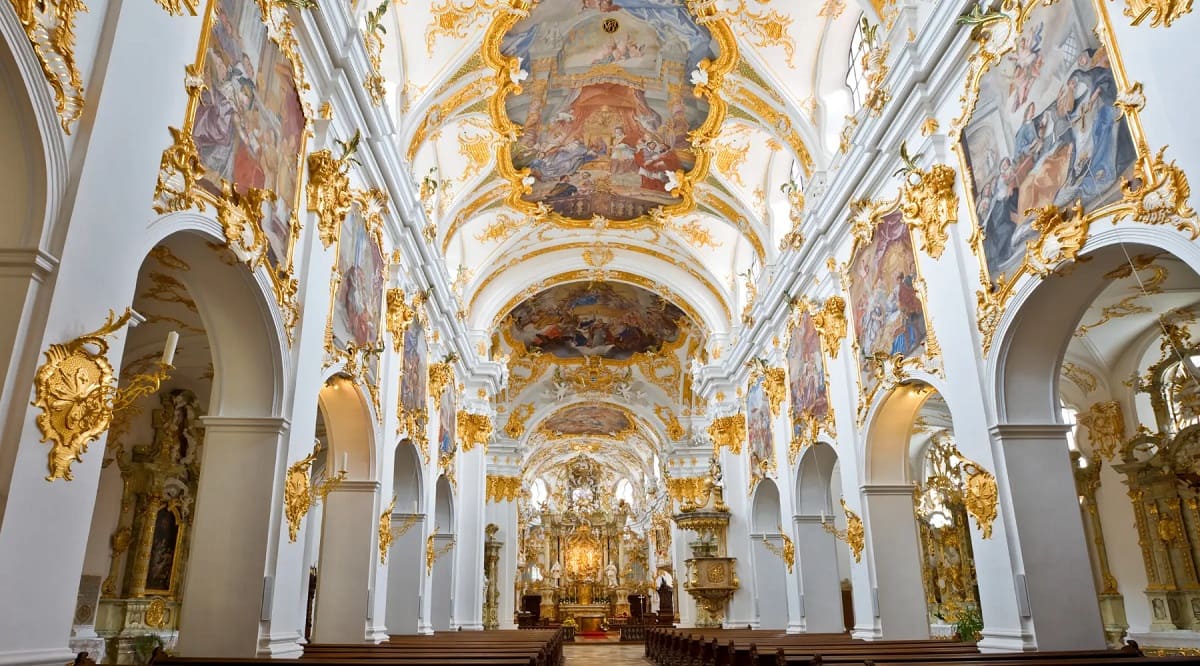

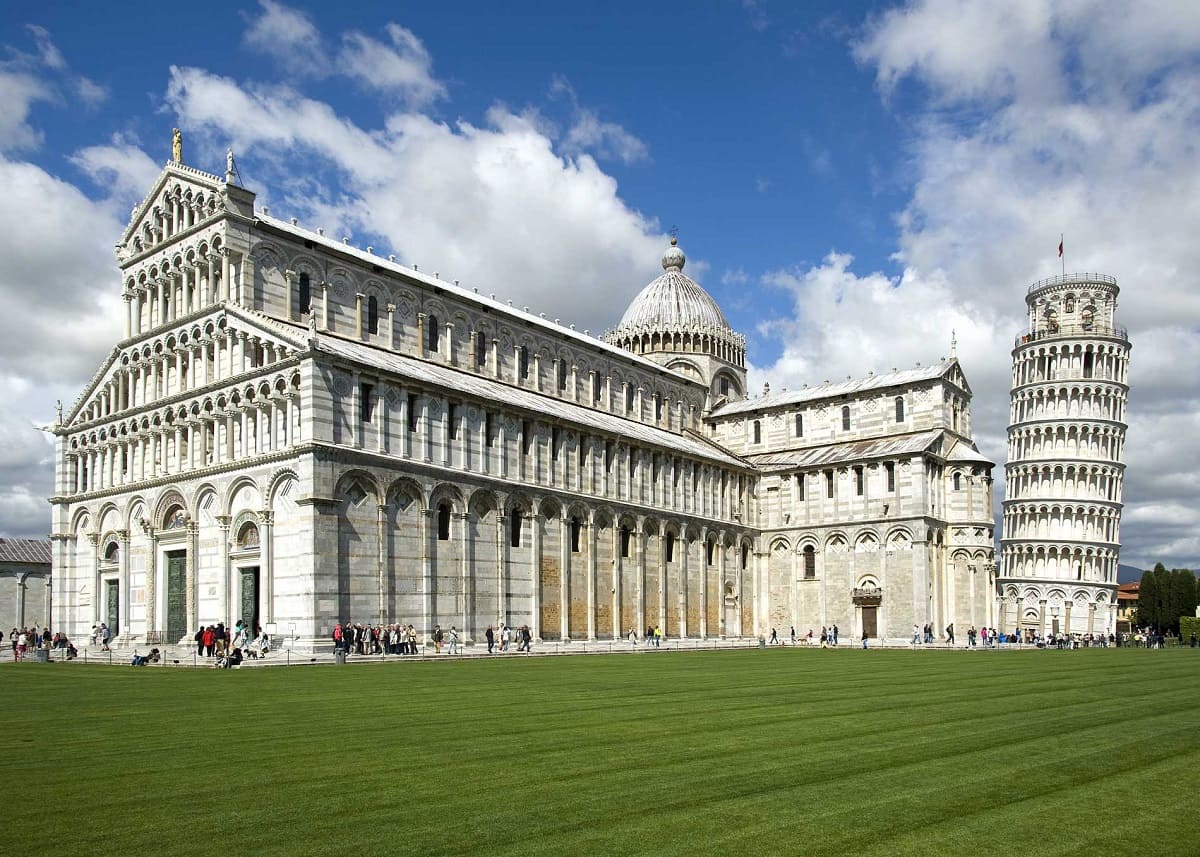

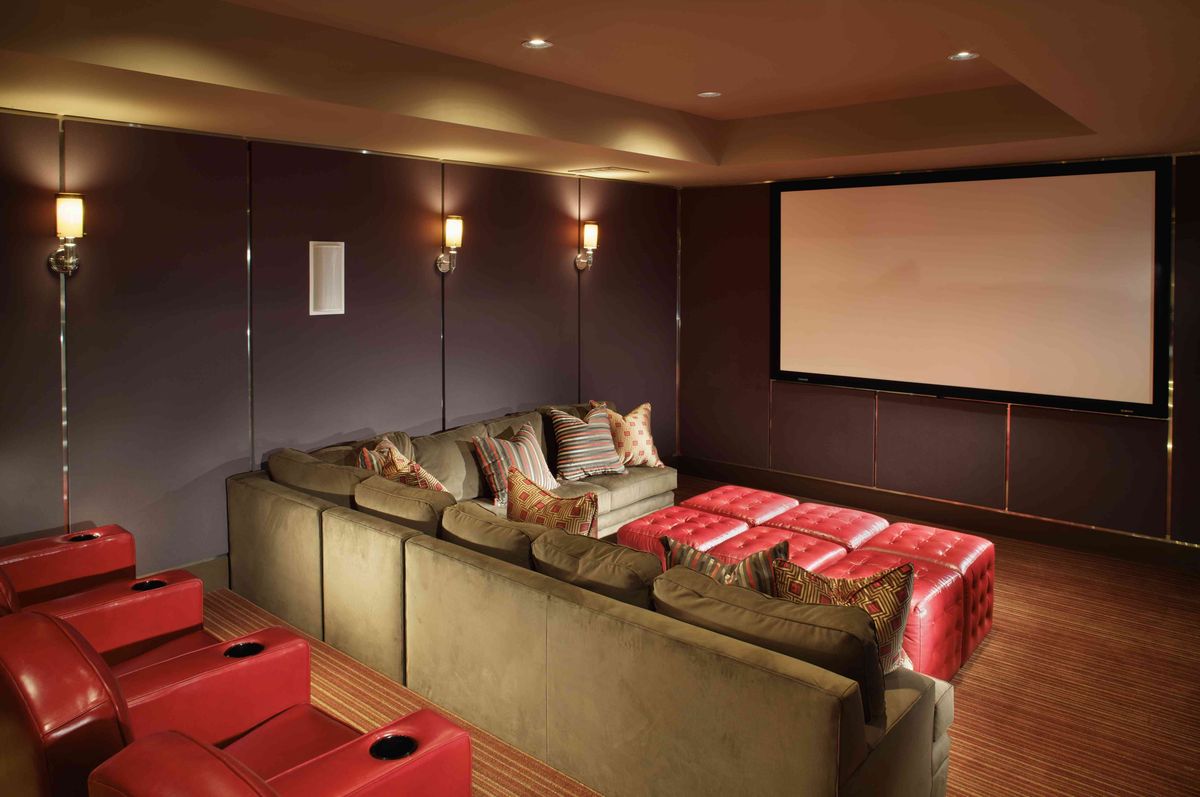

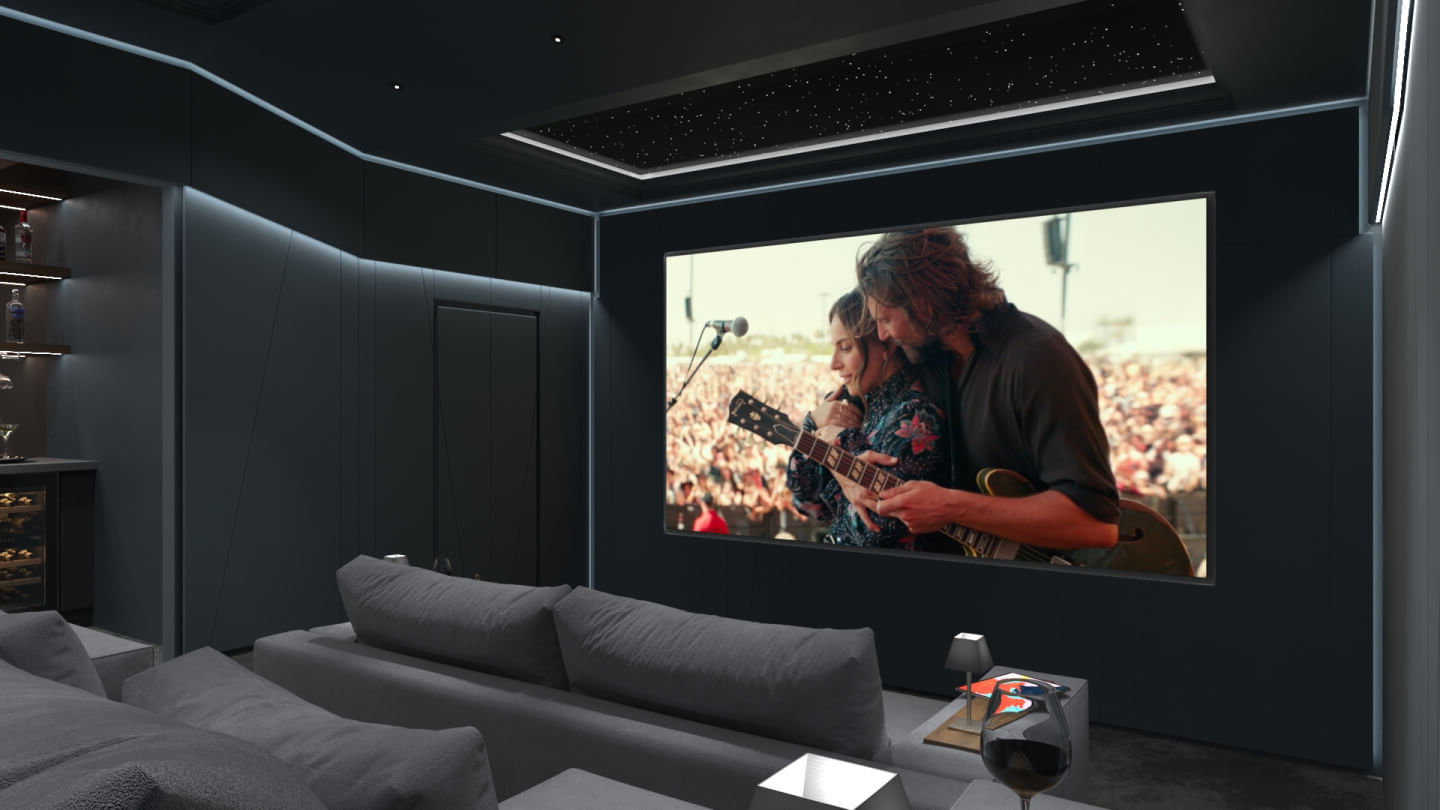
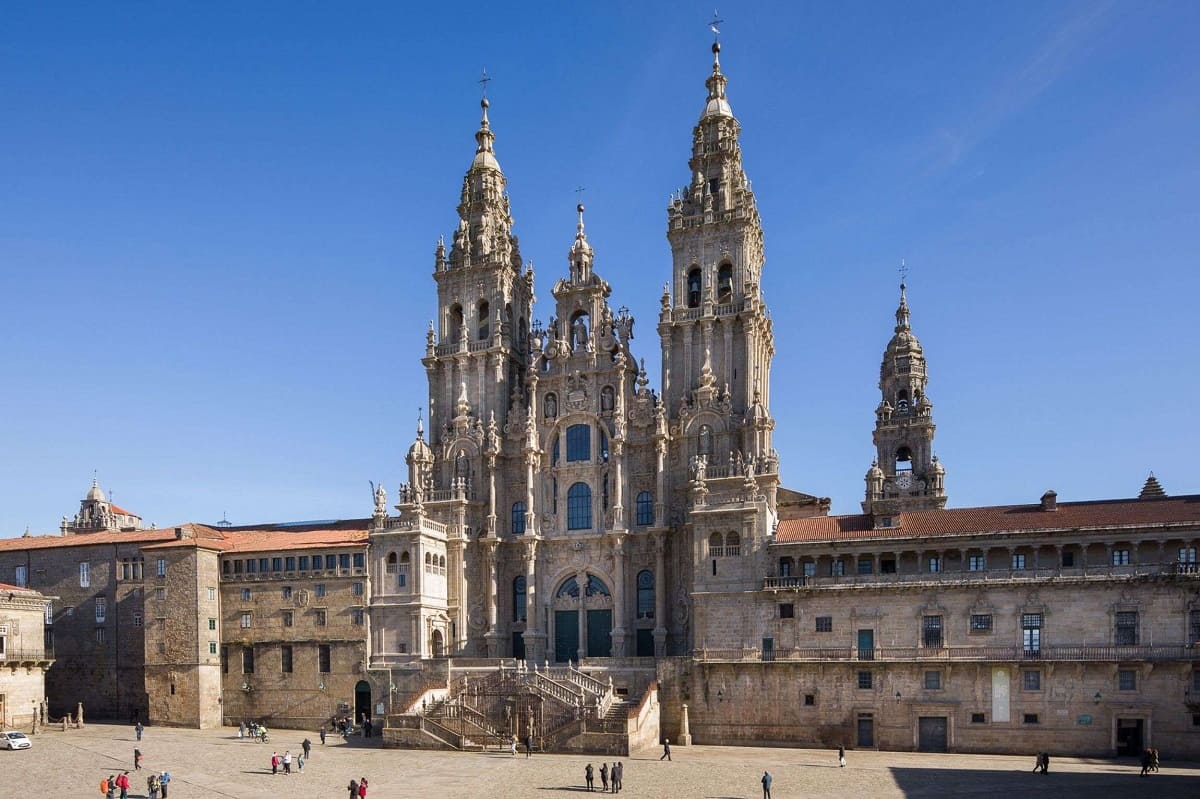
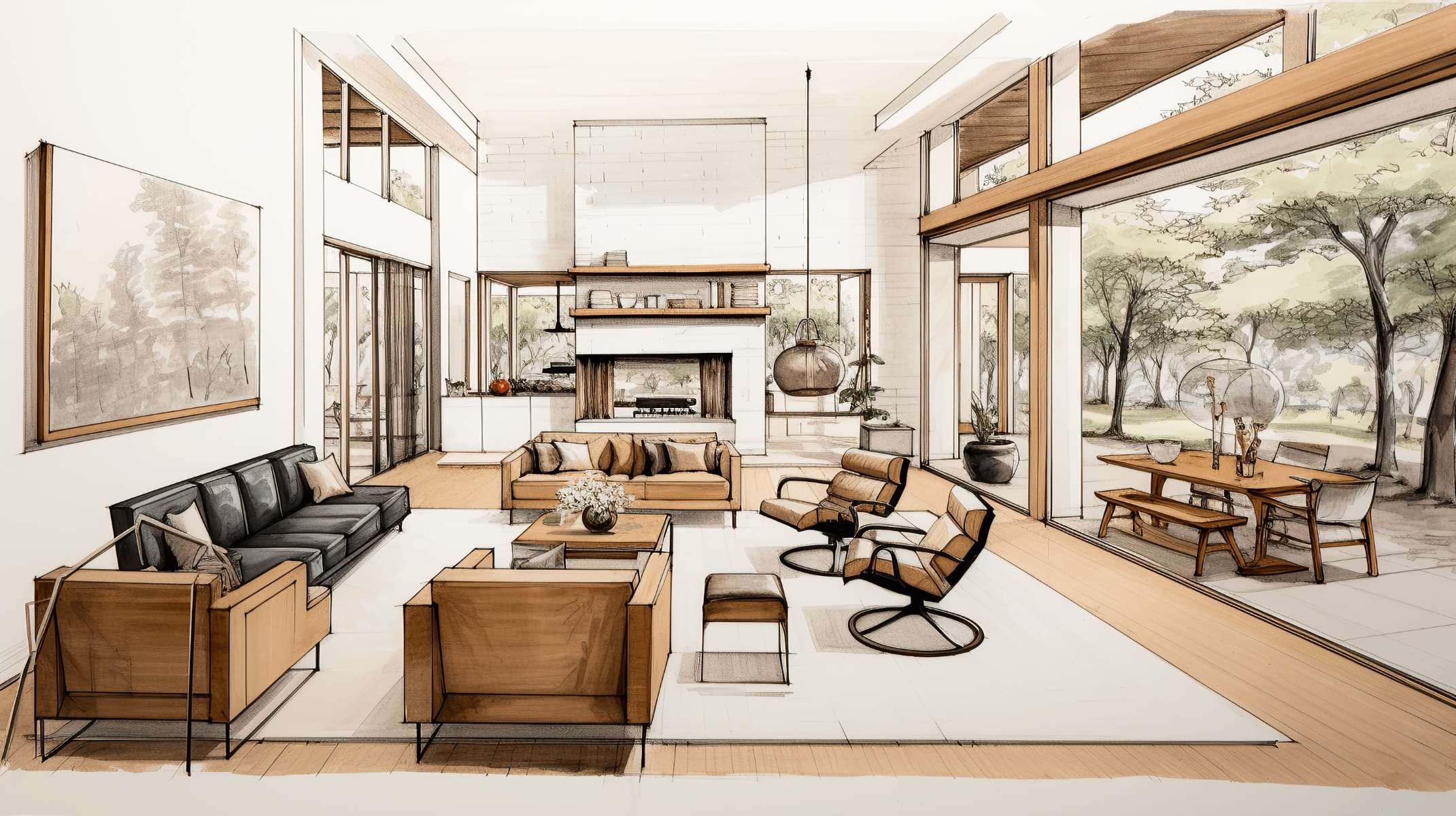



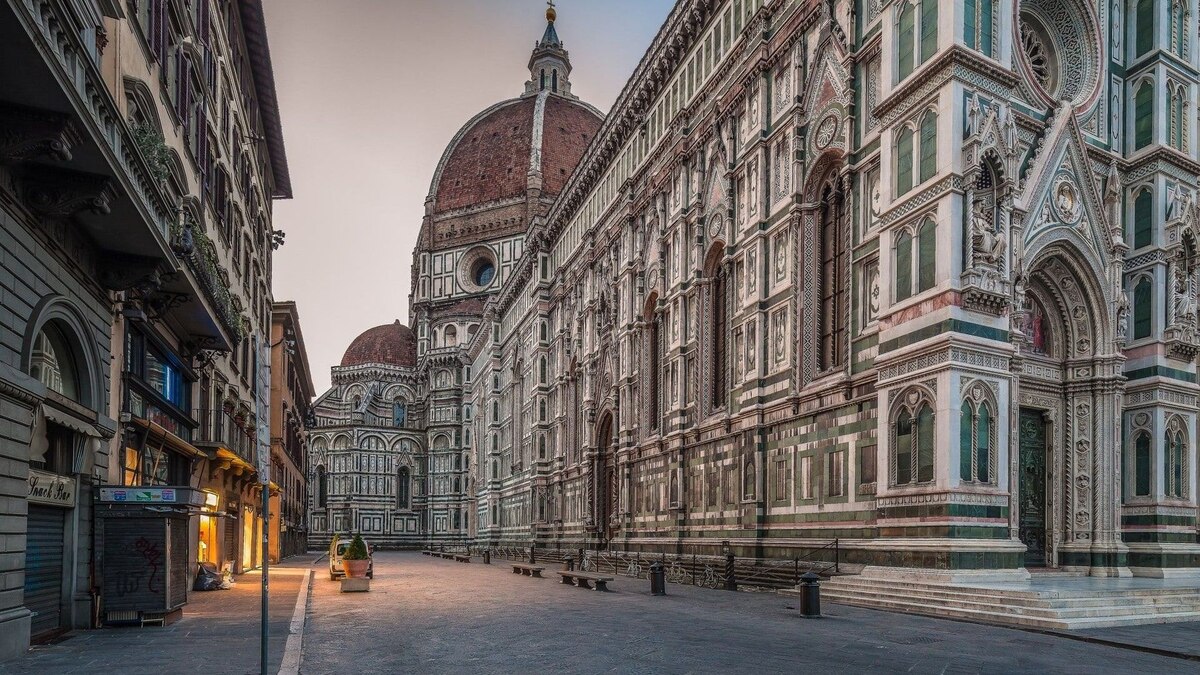
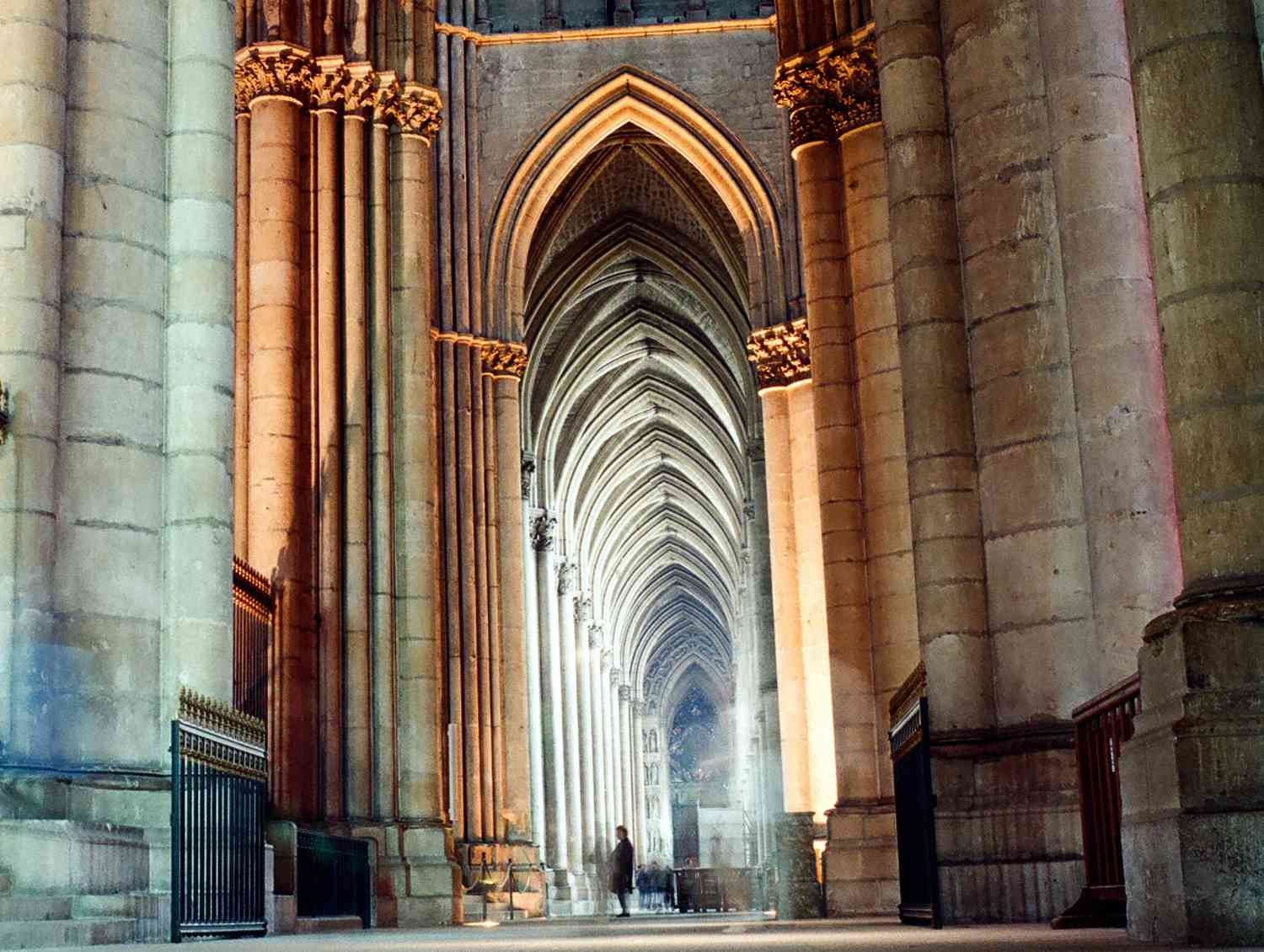

0 thoughts on “What Is The Architectural Style Of The Lucian Blaga National Theater?”